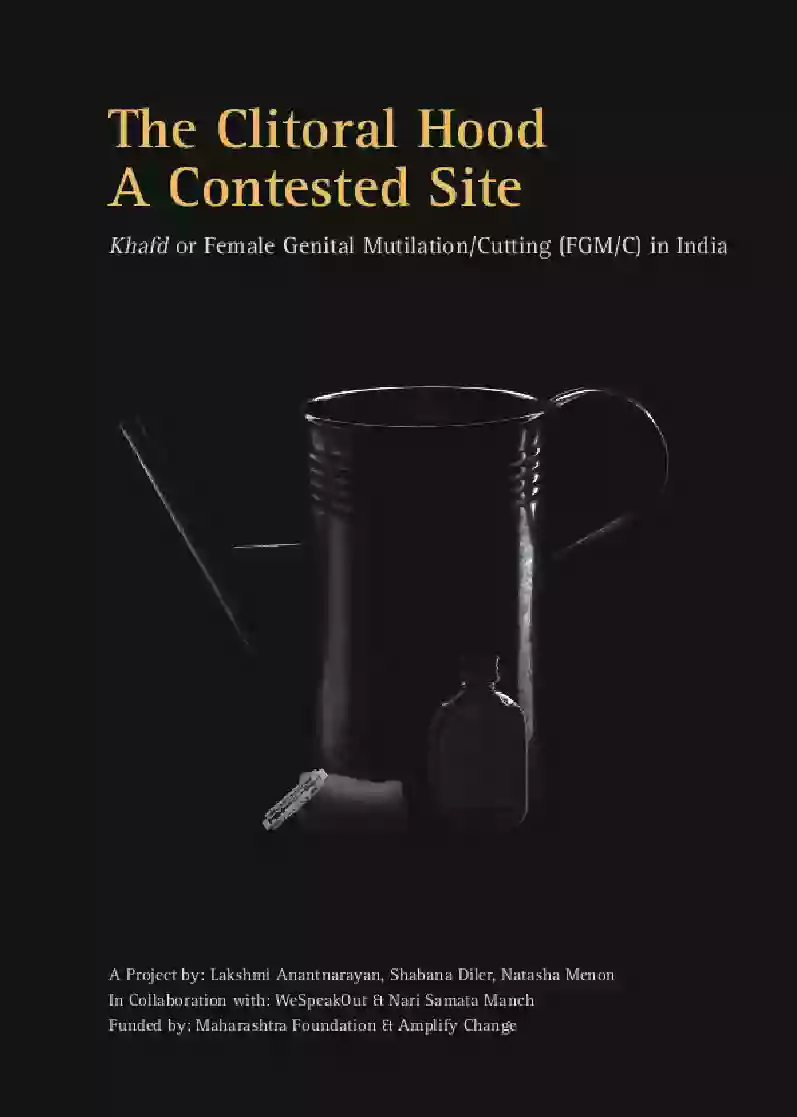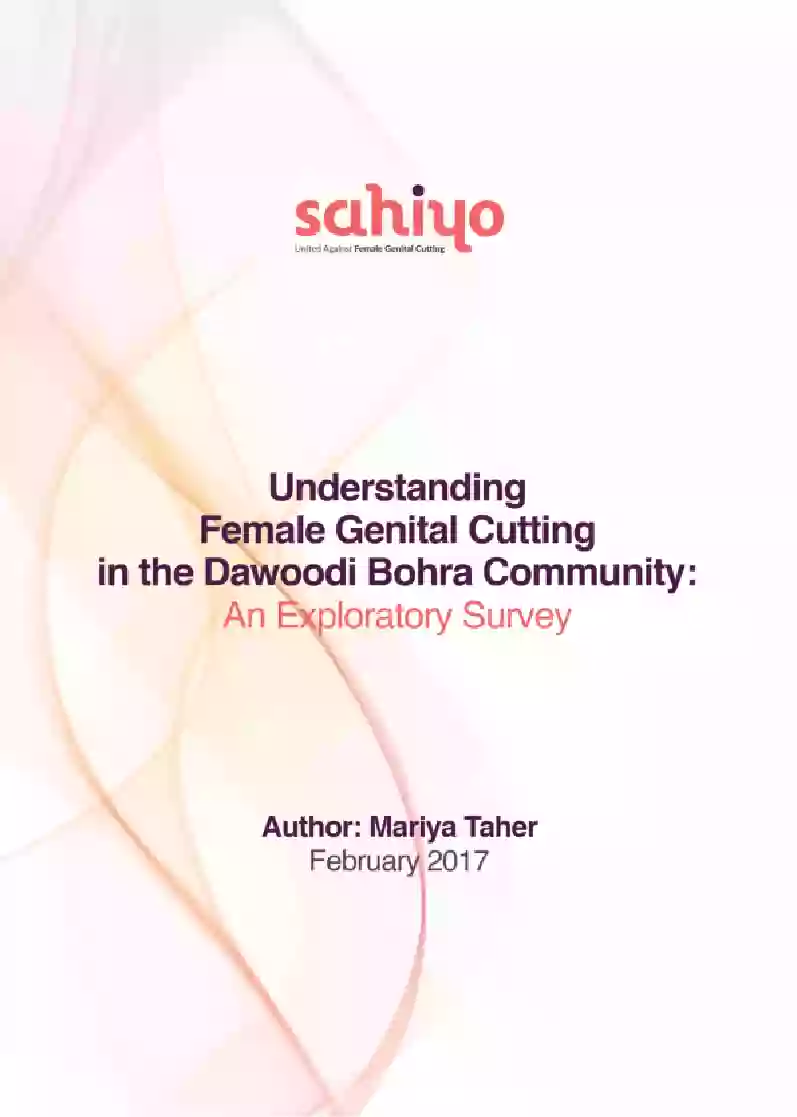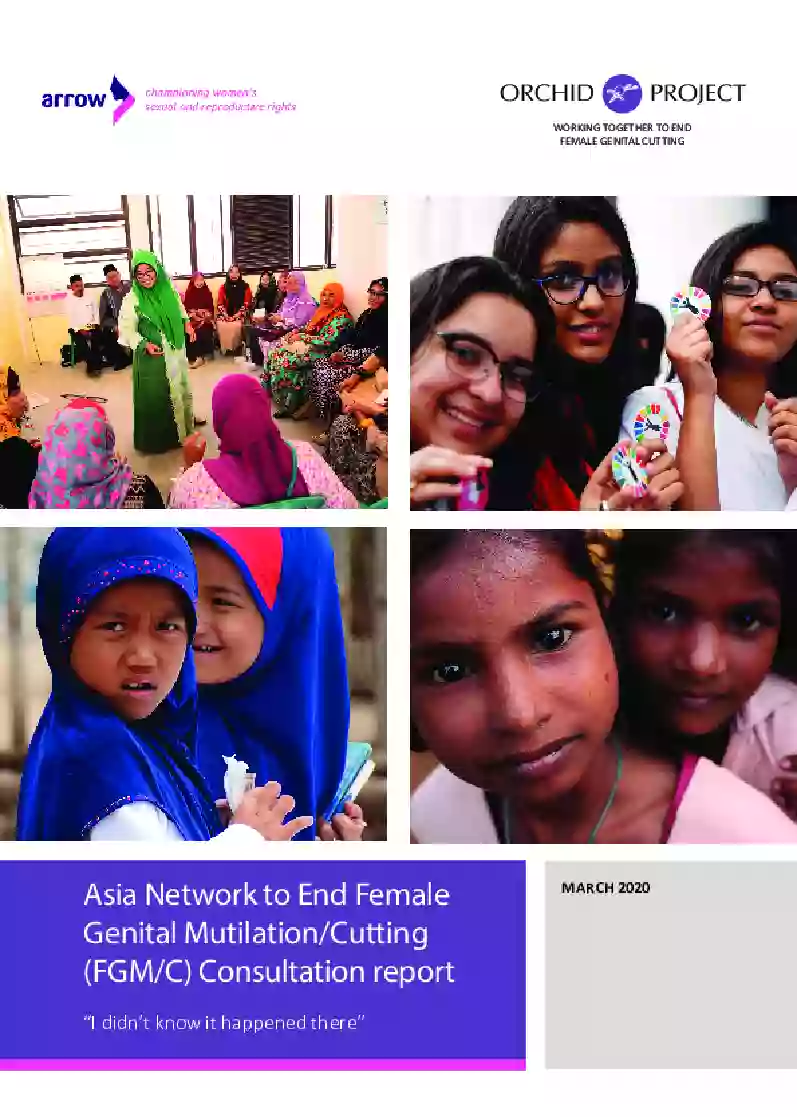Home | Research & Resources | India
Key Findings
In India, the prevalence of FGM/C in women in the Dawoodi Bohra community is between 75% and 85%.
FGM/C is referred to as khafd or khafz by Bohra women.
Place
Mainly in the states of Gujarat, Maharashtra, Madhya Pradesh and Rajasthan.
Age
Girls are typically cut at the age of six or seven
Type
Type 1 is the most common type of cutting practised
Agent
About three-quarters of FGC is performed by traditional cutters
Distribution of FGM/C across India
Estimates for the prevalence of FGC among female members (aged 18–85) of the Dawoodi Bohra community in India vary from 75% to 85%. The Dawoodi Bohra community is the only group in India known to carry out FGC regularly. It has been suggested that FGC may be occurring on a smaller scale in other groups (such as the Sulemani Bohras and a sub-sect of Sunnis in Kerala), but no surveys of size have been conducted in these communities.
The Dawoodi Bohra community comprises over a million people across 40 countries, although the majority live in India, mainly in the states of Gujarat, Maharashtra, Madhya Pradesh and Rajasthan. There are also communities in Pakistan, Yemen and the Middle East, and small groups in Australia, Canada, the UK and the US.
FGM/C Legislation in India
There is no law against FGC in India.
A public-interest litigation requesting a legal ban on FGC in India was filed in the Supreme Court in 2017, but this was tagged to other cases relating to the right to religious freedom under the Constitution.
Development Indicators
Population
There are one million Bohra globally; they constitute less than 0.1% of the Indian population
Infant Mortality
30.4 deaths per 1,000 live births (2023)
Maternal Mortality
103 deaths per 100,000 live births (2020)
SDG Gender Index
91 out of 144 countries (2020)



.webp)
_cover.webp)


.webp)
